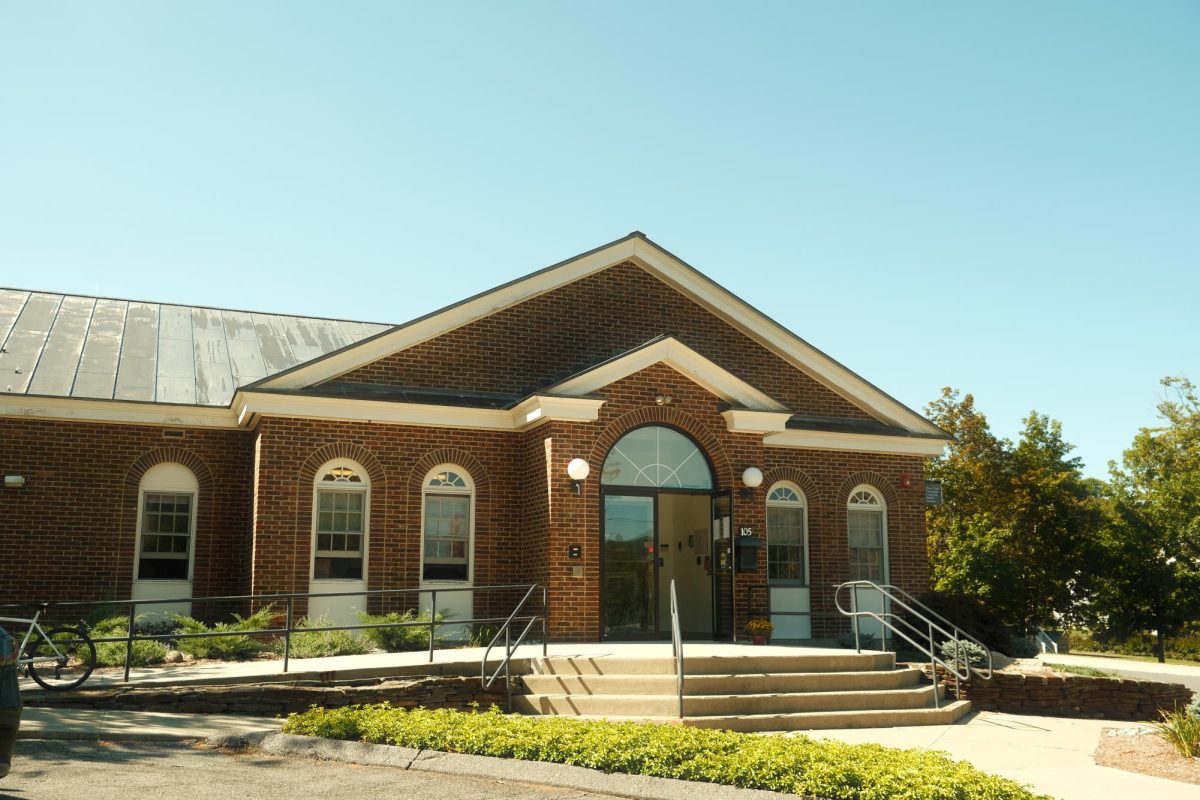Political polarization in America: Solutions to bridge the partisan divide
December 9, 2020
It is unquestionable that we live in a state of extreme polarization where two distinct parties are divided over their ideological views of conservatism or liberalism. In a world where the two conflicting parties view each other in a disdainful, even hateful, manner, the question remains: Is there any hope for the future of our democracy?
Following the 2016 election, polarization between parties became increasingly prominent and dangerous. Not only are Democrats and Republicans divided on political views, but they are also often divided geographically and in terms of the media outlets they use. Even with common sense and scientific evidence supporting certain policies for issues such as the reality of climate change or the failing management of the coronavirus pandemic, the massive polarization often creates gridlock and closer voting along party lines.
A study by Carlee Beth Hawkins, assistant professor of psychology at Southern Illinois University Edwardsville, and Brian Nosek, professor of psychology at University of Virginia, illustrates the impact of party labeling and implicit biases on policy views. Essentially, self-proclaimed Independents favored a certain policy more when it was labeled as a goal of the party they implicitly favor as compared to the opposing party. Though it focused primarily on Independents, the same effect is likely to be magnified with increased support for policies favored by one’s party. Through this study, the influence of simply labeling a policy as Democratic or Republican shows voters’ support for a policy may have more to do with loyalty to party lines than to the viability of the idea itself.
Polarization, to some degree, is a natural function of humans as social beings. The tendency for humans to sort themselves into groups, and to prioritize the needs of their own group above everyone else, can be explained by the natural desire to be secure and safe. Though natural aversions to out-groups may exist, that does not excuse extreme party polarization and imply that there is no solution.
Although a certain degree of responsibility is placed on inherent psychological processes, the extreme polarization of today is not solely the function of natural human activity. Rather, it is reflective of a failing political system dominated by those at the top of the political pyramid. In both the government and the media, oftentimes it is the most polarizing views on both sides that gain the most attention and coverage, leaving out the opinions and arguments of moderate citizens and politicians. The disproportionate representation and coverage of extreme views creates a narrative that disregards and dampens centrist views while giving rise to toxic backlash politics. Furthermore, powerful corporations with partisan motives to pass certain policies for their own benefit can mobilize their vast base of resources to heavily influence policy outcomes. With the political influence of wealthy corporations and the tendency towards sensationalism in the media, those with power shape political arguments to encourage partisanship for their own gain.
This trend of hyperpartisanship in a two-party system is largely a result of our electoral system which can be curbed through a series of systematic and personal changes. With a winner-takes-all electoral system, several elections have illustrated that a true majority of votes is not necessarily the path to victory. With ranked-choice voting, the conversations surrounding a third-party candidate could be effectively held while ensuring the need for a true majority win for the two primary parties. Additionally, the creation of multimember districts can structurally work to gradually curb polarization by broadening constituencies for representatives and reducing the impact of gerrymandering. These reforms of the electoral process will ensure that elections are less centered around an exclusionary mentality by creating a system where voters can express interest for a third-party candidate while making sure their vote still counts and a broader range of views can be expressed in the House of Representatives.
On the individual level, an essential step towards diminishing polarization is to acknowledge the existence of one’s own internal biases and prejudices. Although it is in our nature to identify with certain groups, recognizing and understanding the people and policies of the other side in an unbiased light can lead to both a bridge over the divide as well as a sturdier foundation to disagree with certain details. The establishment of common experiences can additionally work to subside feelings of hatred for opposing political parties: It’s hard to hate a familiar face. Most citizens can agree that hyperpartisanship is an issue, yet the solution remains contested. But by understanding the basic values of compassion and cooperation, individuals can go a long way in facilitating conversations to reach a point of understanding. In the end, genuine attempts at conversations with others can begin to bring about much needed change on political polarization.
Grace Kim ’23 is from Ames, Iowa.









